Ucitelja Josifa 10
Ucitelja Josifa 10
Founded in 1948, the museum preserves in its permanent exhibit the traces of history and secrets of the civilizations which have settled in our region from eight thousand years ago to the present day.
The following fall within the scope of the National Museum of Leskovac: the City hall – an example of a house built in the Balkan oriental style which presents the life of the people of Leskovac from the beginning of the 20th Century; the Textile museum in Strojkovac, a unique building which safeguards the secret of the beginning of the textile industry in Serbia; and the archaeological site of Justiniana Prima, the magnificent city from the mid-6th Century, the archbishopric and the legacy of the Early Byzantine emperor Justinian I, the last Roman emperor born on the territory of Serbia.
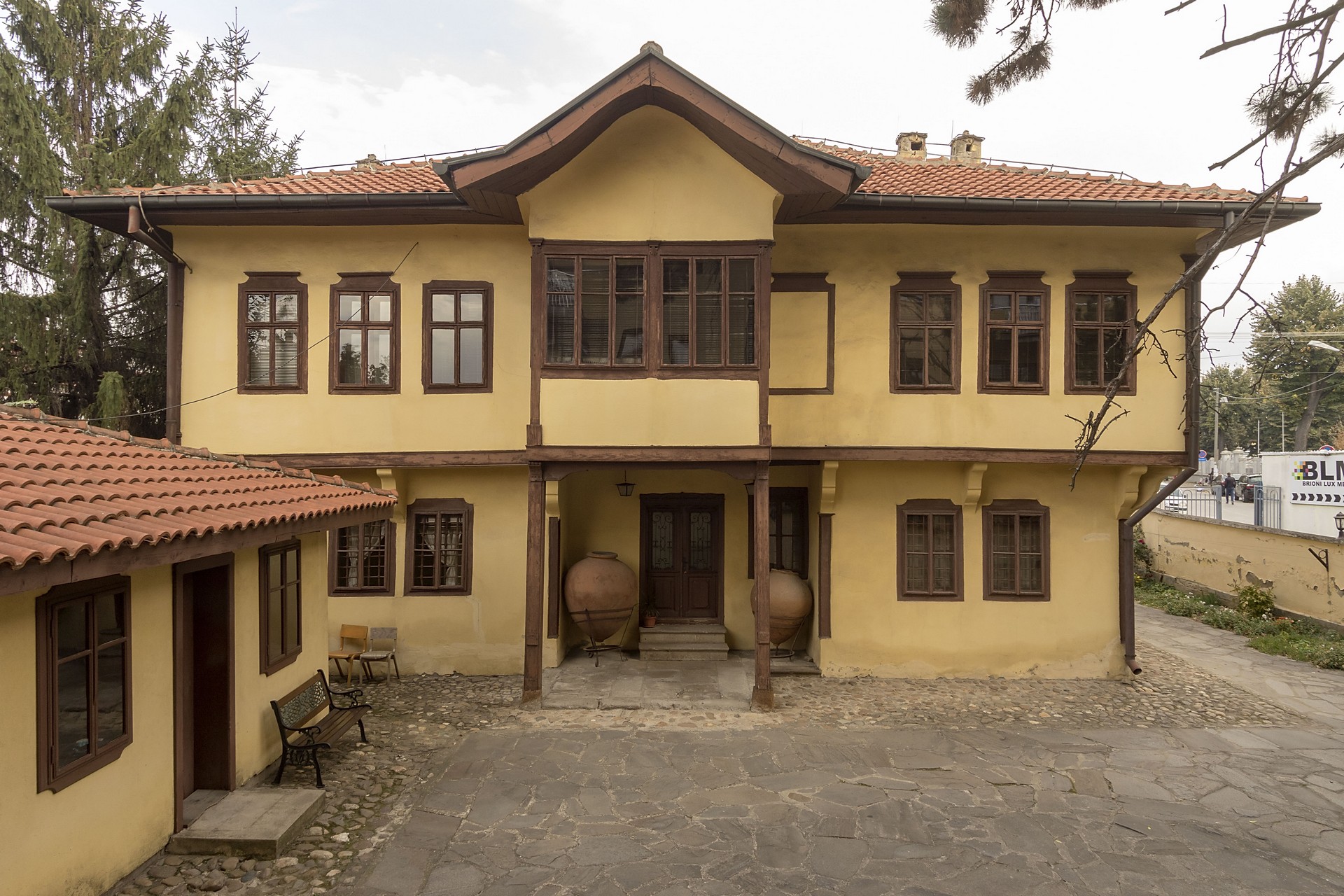
The City hall is an example of Balkan oriental architecture from the 14th Century. It belonged to the prominent Leskovac family of Dimitrijević. It housed the first museum in Leskovac was housed from 1948 to 1974. Following the decision of the Institute for the protection of the cultural heritage, the...
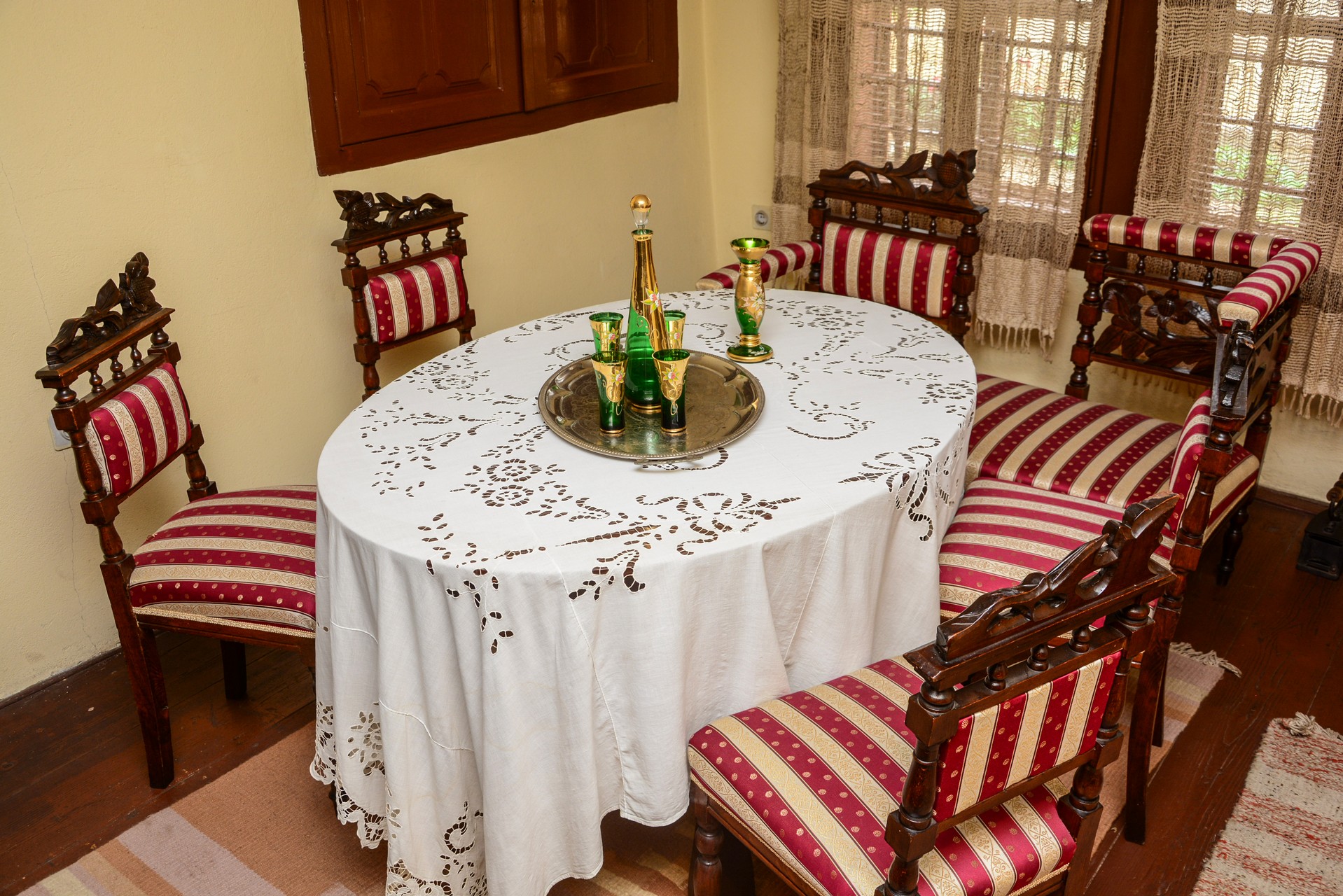
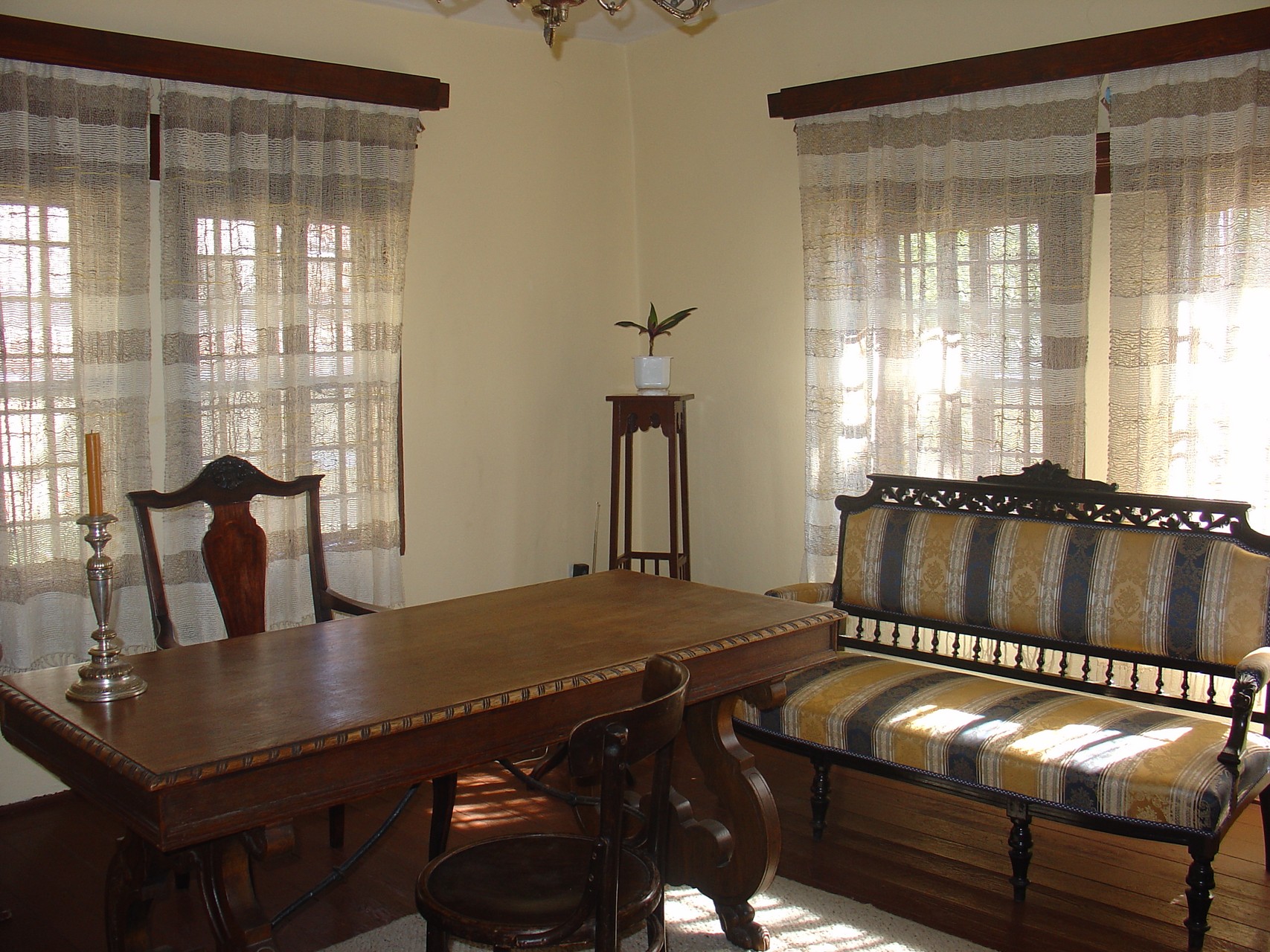
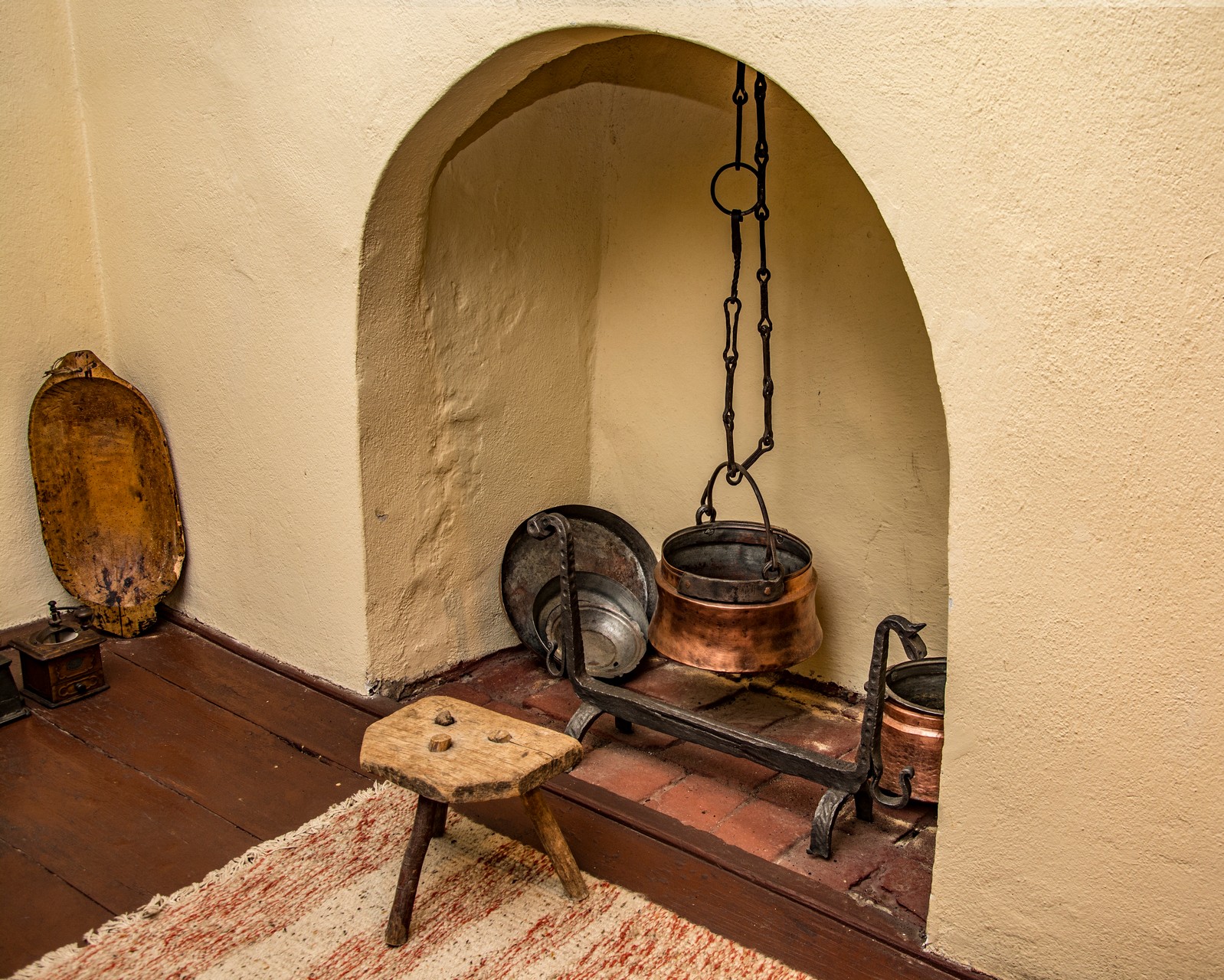
A hall and three rooms are to be found on the ground floor of the City hall. The first room to the righthand side is dedicated to the Leskovac writer and physician Žak Konfino. The Children’s Museum is located in the room on the righthand side of the hall.
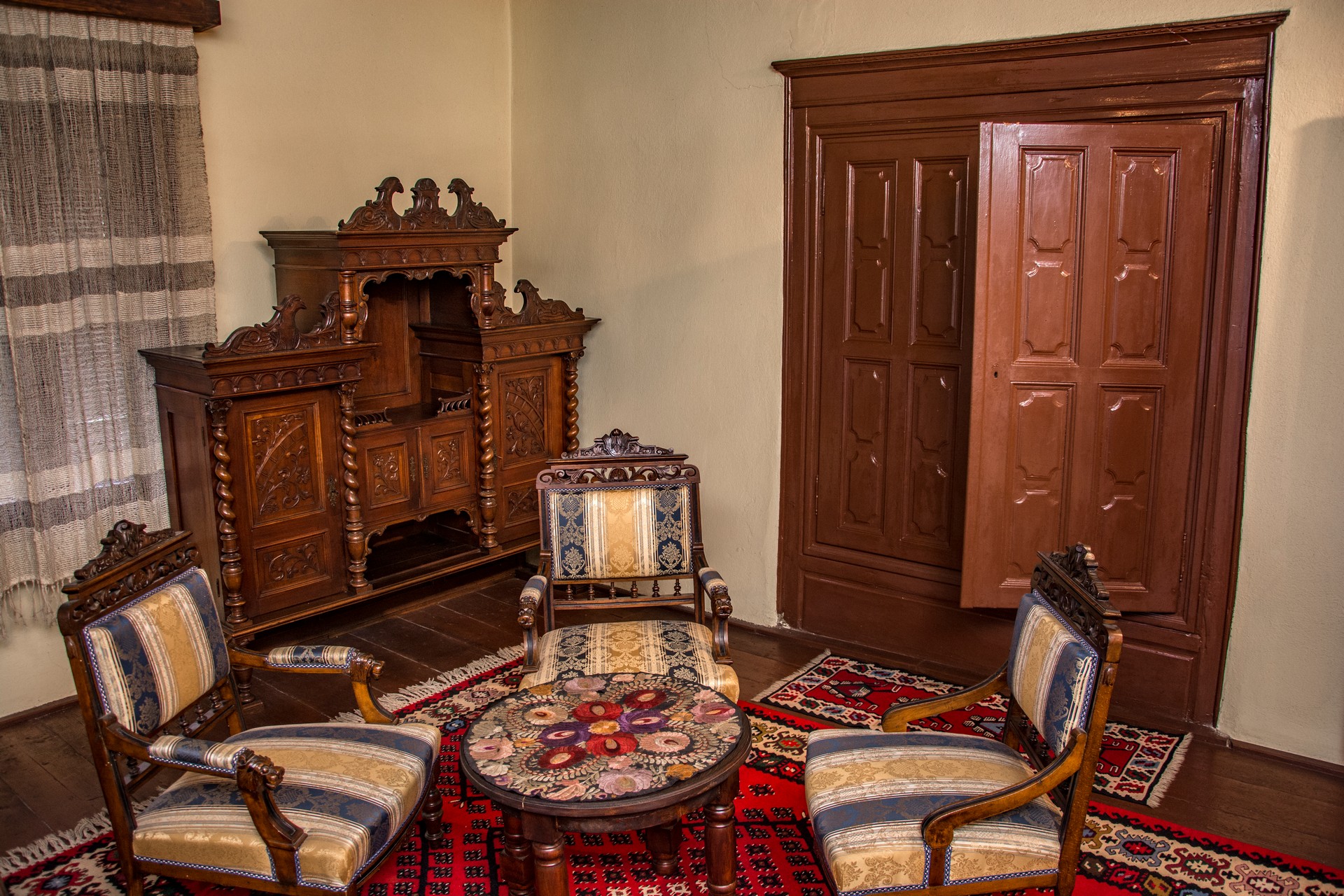
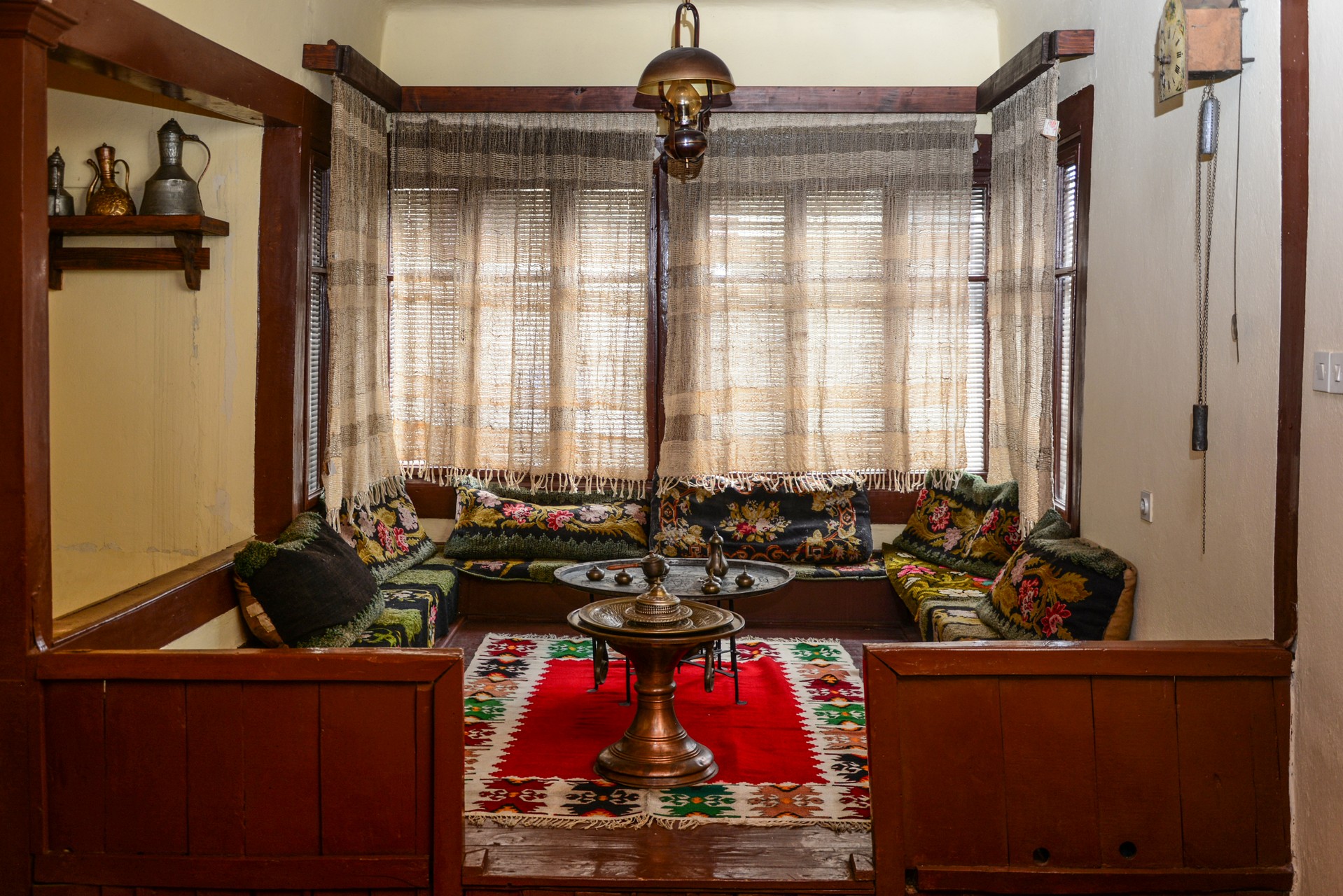
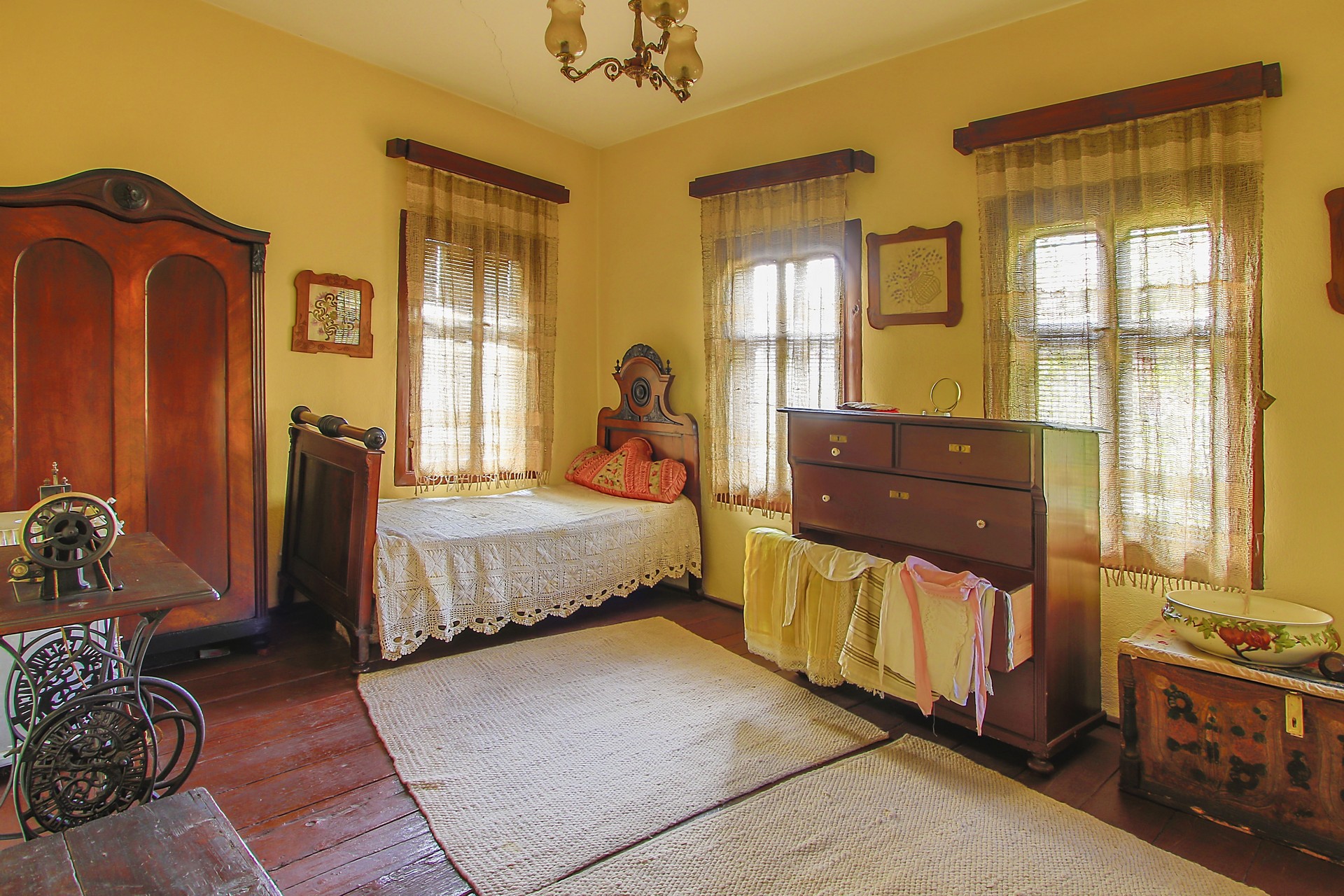
There are four rooms and a Divanhana (drawing room) on the first floor. The rooms have furniture from the first half of the 20th Century. The Divanhana (the drawing room) faces inwards on to the courtyard. This is where women spent their time and the room’s orientation indicates the custom...

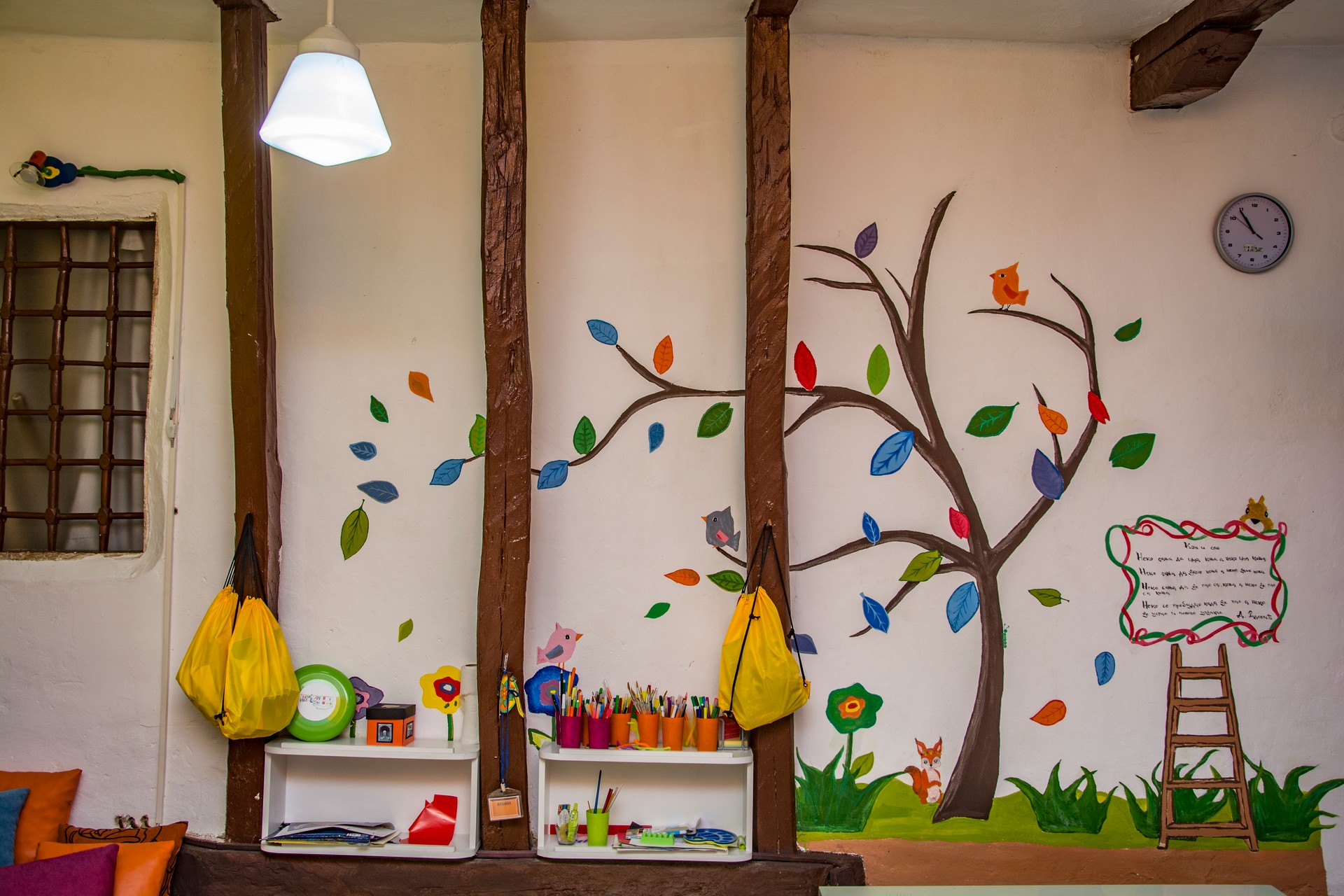
The Children’s Museum is a children’s museum club in which children can participate in the workshops and other activities which the museum organizes for the children. The museum is equipped with modern educational material for working with children. It aims to raise children’s awareness about the importance and preservation of...